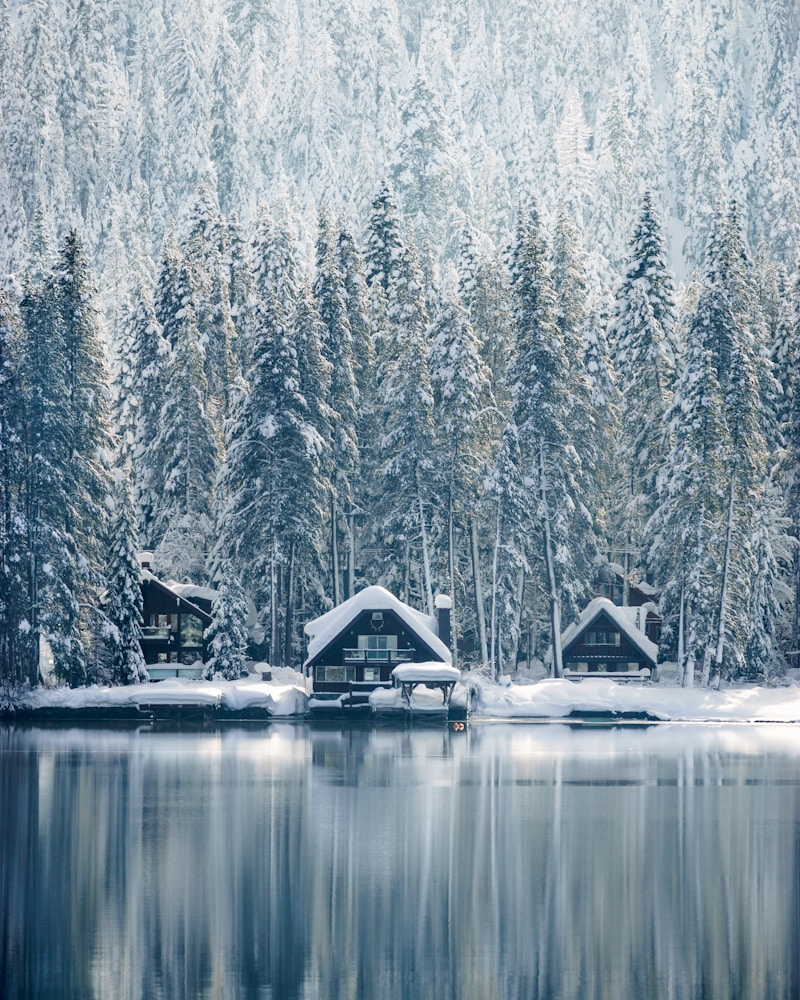Breathtaking Winter Photography: A Guide to Capturing the Beauty of the Cold Season
Discover the Art of Breathtaking Winter Photography
Winter, with its enchanting snow-covered landscapes, icy rivers, and unique wildlife, provides photographers with an exceptional opportunity to capture stunning images. If you’re passionate about photography and eager to explore the beauty of the cold season, this guide to breathtaking winter photography is just for you. In this article, we will discuss techniques, tips, and the best gear to help you create mesmerizing winter photographs.
Understanding the Unique Challenges of Winter Photography
Winter photography presents unique challenges that can affect your results. Understanding these challenges will help you prepare and improve your chances of capturing breathtaking images.
Lighting Conditions
The winter months often come with short daylight hours and unpredictable weather. Overcast skies can create a flat lighting situation, while bright sun can lead to harsh shadows. Make the best of these lighting conditions by shooting during the golden hours—shortly after sunrise and before sunset—when the light is softer and warmer, giving your photos a magical glow.
Cold Weather Gear
When photographing in winter, you need to keep yourself and your camera equipment warm. Dress appropriately in layers and ensure that your camera gear is protected from cold temperatures. Consider investing in weatherproof camera bags and insulated lens covers to prevent condensation when transitioning between warm and cold environments.
Essential Equipment for Winter Photography
| Equipment Type | Recommended Gear |
| Camera | DSLR or Mirrorless with weather-sealing |
| Lenses | Wide-angle lens for landscapes, Telephoto lens for wildlife |
| Tripod | Sturdy and portable for stability on snow |
| Filters | Polarizer for reducing glare and enhancing colors |
| Accessories | Extra batteries, lens cloth, remote shutter release |
Having the right gear can significantly improve your photography experience and the quality of your images. Make sure to check your equipment before heading out, ensuring that everything is in good working condition and that you have plenty of extra storage cards and batteries, as cold can drain battery life quickly.
Composition Techniques for Stunning Winter Scenes
Composition plays a crucial role in any type of photography. Here are some techniques specifically tailored for winter photography:
Leading Lines
Use natural lines in the landscape—such as roads, rivers, or fence lines—to draw the viewer's eye into the frame. This technique helps create depth in your photographs and guides the viewer's gaze through the image.
Rule of Thirds
Grid your frame into thirds both horizontally and vertically, placing your subject along these lines or at their intersections. This method adds balance and interest to your images. For example, consider positioning a lone tree or cabin in a winter scene along one of these lines.
Framing
Use trees, branches, or even a snowy archway to frame your photograph. This technique adds context to your image and helps focus attention on your main subject while creating a sense of depth.

Post-Processing Tips for Breathtaking Winter Photography
Post-processing is an essential step in enhancing your winter photographs. Here are a few tips to help boost their appeal:
Adjusting White Balance
Winter scenes often come with a bluish tint due to the snow. Adjusting the white balance in post-processing can help restore the natural colors of your subject and create a warmer feel in your images.
Sharpening and Noise Reduction
Winter photography often equals underexposed images, especially if shooting at higher ISO settings. Apply noise reduction techniques and sharpen your images to enhance detail and clarity.
Contrast and Clarity
Adjust the contrast to emphasize the difference between the bright snow and darker elements in your scene. Increasing clarity can bring out the finer details in your photographs, making them pop.
Finding Inspiration for Winter Photography
Inspiration can come from various sources, and winter offers a wealth of subjects to explore. Here are some ideas:
Wildlife Photography
Winter is an excellent time to capture wildlife as animals exhibit fascinating behaviors to cope with the cold. From deer in snowy fields to birds at feeders, winter scenes provide unique opportunities for wildlife photography.
Landscape Photography
Snow-covered mountains, frozen lakes, and icicles hanging from branches create striking landscapes. Venture into the wilderness to find breathtaking views, and consider experimenting with long exposure techniques to capture flowing water as soft, silky textures.
Street Photography
Urban scenes during the winter can be equally captivating. Capture the hustle and bustle of holiday markets, cozy cafes, and festive decorations. Street photography in the winter can evoke feelings of warmth and togetherness amidst the cold.
Final Thoughts and Important Considerations
In conclusion, breathtaking winter photography can be one of the most rewarding genres for photographers. By understanding the unique challenges of shooting in winter, equipping yourself with the right gear, and applying effective composition techniques, you can create stunning images that capture the beauty of the season. Remember to experiment with post-processing to enhance your photos further and always stay safe while exploring cold and icy environments.
So grab your camera, embrace the chilly air, and discover the magic of winter photography. Happy shooting!